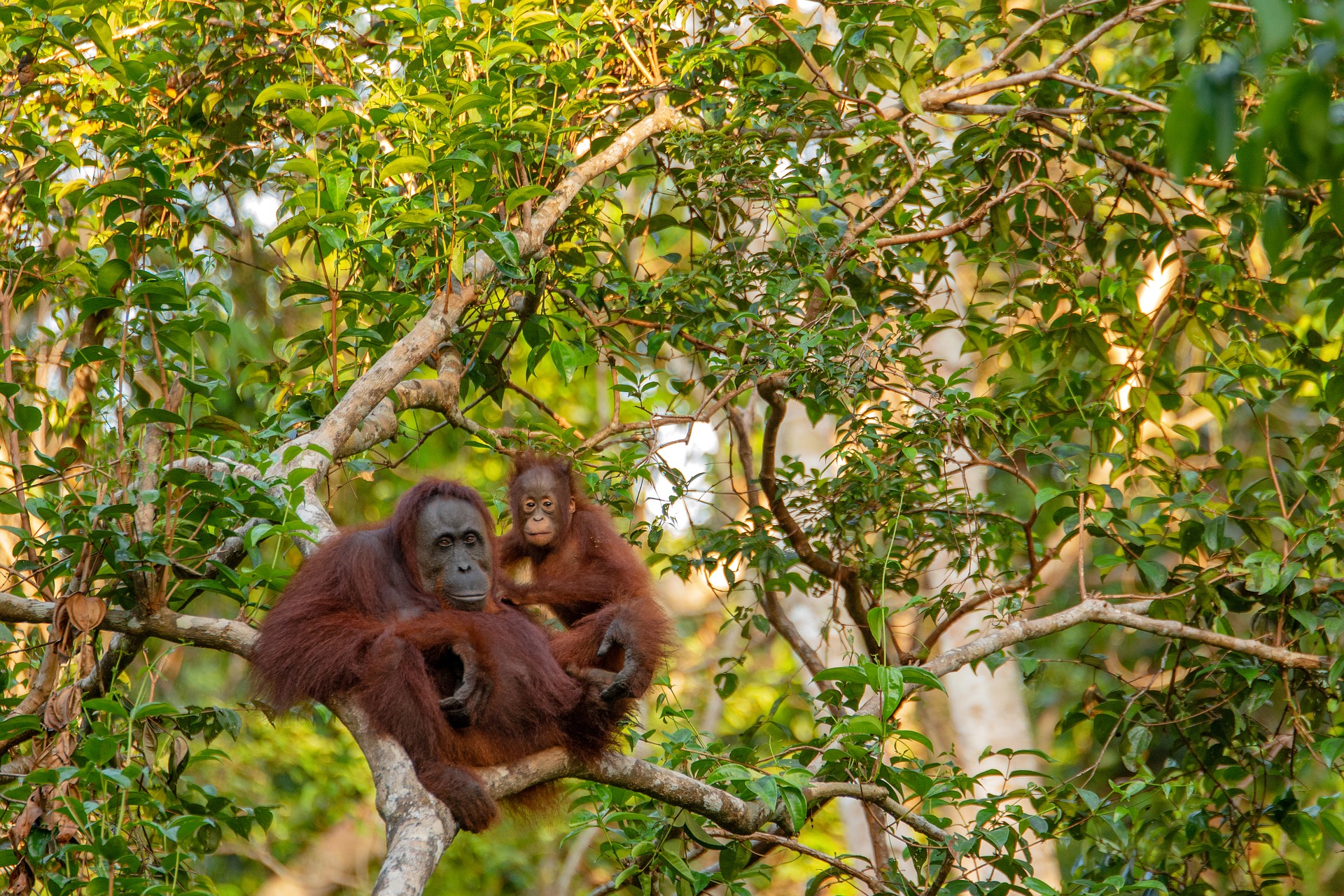Two-thirds of world’s wildlife population decline since 1970: WWF

Jakarta (Indonesia Window) – The World Wide Fund for Nature (WWF) has stated that the global population of mammals, birds, amphibians, reptiles and fish has decreased by an average of two thirds in less than half a century due to environmental destruction.
In the WWF’s 2020 Living Planet Report (LPR) released on Thursday (Sep 10), the organization stated that the same environmental damage contributed to the emergence of zoonotic diseases, such as the COVID-19.
The report contains the Living Planet Index (LPI), provided by the Zoological Society of London (ZSL), showing that factors believed to increase the planet’s vulnerability to pandemics, including land-use change and the use and trade of wildlife, were also some of the drivers behind the 68 per cent average decline in global vertebrate species populations between 1970 and 2016.
“The Living Planet Report 2020 underlines how humanity’s increasing destruction of nature is having catastrophic impacts not only on wildlife populations but also on human health and all aspects of our lives,” Director General of WWF International Marco Lambertini said.
“We can’t ignore the evidence. These serious declines in wildlife species populations are an indicator that nature is unravelling and that our planet is flashing red warning signs of systems failure. From the fish in our oceans and rivers to bees which play a crucial role in our agricultural production, the decline of wildlife affects directly nutrition, food security and the livelihoods of billions of people,” he added.
He asserted, “In the midst of a global pandemic, it is now more important than ever to take unprecedented and coordinated global action to halt and start to reverse the loss of biodiversity and wildlife populations across the globe by the end of the decade, and protect our future health and livelihoods. Our own survival increasingly depends on it.”
The Living Planet Report 2020 presents a comprehensive overview of the state of our natural world through the LPI, which tracks trends in global wildlife abundance, and contributions from more than 125 experts from around the world.
It shows that the main cause of the dramatic decline in species populations on land observed in the LPI is habitat loss and degradation, including deforestation, driven by how we as humanity produce food.
Reporting by Indonesia Window










